Avoiding Infections
Patients with CHD are at an increased risk of a serious infection of the heart, called endocarditis.
What is endocarditis?
Endocarditis means infection of the heart (usually the heart valves) which is serious and can be life-threatening. Bacteria can destroy the heart valves and spread infection to other major organs in the body including the lungs, brain, liver, and kidneys.
Where do the bacteria come from?
The most common source of bacteria is our mouths. That’s right! Bacteria love to find a home between our teeth and in our gums. From here, the bacteria can enter the bloodstream and travel to our heart. Dental cavities are the perfect home for bacteria and also allow easy entry into the bloodstream. You can think of the bloodstream as the highway to your heart. Naturally, you want clean traffic, not dirty bacteria, travelling to the heart.
Additional sources of potential bacterial infection include acupuncture and other skin penetration procedures such as tattoos and piercings. Tattoos and piercings can become infected and lead to bacteria entering the blood stream. When you have CHD, it’s important to discuss tattoos and piercings with your doctor before getting them. IV drug users also have a high rate of endocarditis, especially if they share needles or use dirty needles.
» Learn More about Piercing & Tattoos
Why are people with CHD more likely to get heart infections (endocarditis)?
People with CHD are more likely to get endocarditis because they may have valve problems, artificial valves, and abnormal blood flow in areas of the heart and lungs. Bacteria find it easier to infect the heart under these conditions.
This sounds serious! How can I reduce my risk?
For Everyone: Good dental cleaning
You can protect yourself by doing some simple things:
- Brush your teeth twice a day
- Gently floss your teeth every day
- Visit your dentist every 6 months for cleaning and treatment of cavities
For Some People: Antibiotics before dental visits
Some patients with CHD should take antibiotics before seeing the dentist. This list of patients includes those with mechanical valves, artificial tubes (conduits), and those with low oxygen levels (cyanosis) or Eisenmenger Syndrome. A person who has had endocarditis in the past should also take antibiotics. If you’re not sure whether you should take antibiotics, you must discuss this with your cardiologist.
Never take antibiotics for a fever of unknown origin because you don’t know what you’re treating! Ask you doctor to do blood cultures before he/she prescribes any antibiotics for fever/infection of unknown origin!
What symptoms should I watch for?
A big clue that it could be endocarditis is having a fever (temperature>38ºC), sweats and chills, without a clear cause. If this ever happens, it is important to contact your cardiologist right away. Endocarditis can be easily missed so it’s important to get it checked out quickly.
How is it treated?
Prevention is the goal. But some people do get endocarditis even though they have looked after their teeth and never had tattoos or piercings.
Treatment can include antibiotics to kill the bacteria and, if needed, surgery to remove the infected valve or tissue. The earlier the diagnosis, the better the outcomes.
This program was developed by:



